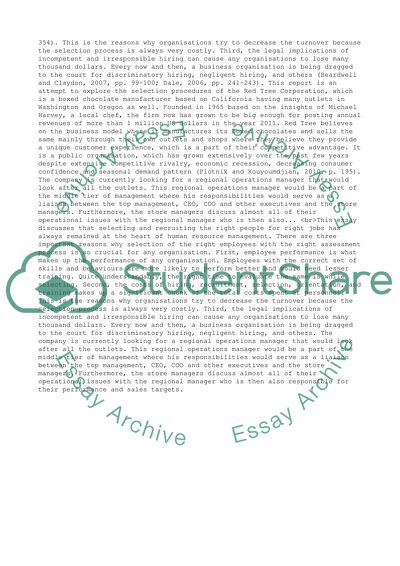Cite this document
(“The assessment process of Red Tree Essay Example | Topics and Well Written Essays - 3000 words”, n.d.)
Retrieved from https://studentshare.org/management/1395015-the-assessment-process-of-red-tree
Retrieved from https://studentshare.org/management/1395015-the-assessment-process-of-red-tree
(The Assessment Process of Red Tree Essay Example | Topics and Well Written Essays - 3000 Words)
https://studentshare.org/management/1395015-the-assessment-process-of-red-tree.
https://studentshare.org/management/1395015-the-assessment-process-of-red-tree.
“The Assessment Process of Red Tree Essay Example | Topics and Well Written Essays - 3000 Words”, n.d. https://studentshare.org/management/1395015-the-assessment-process-of-red-tree.


